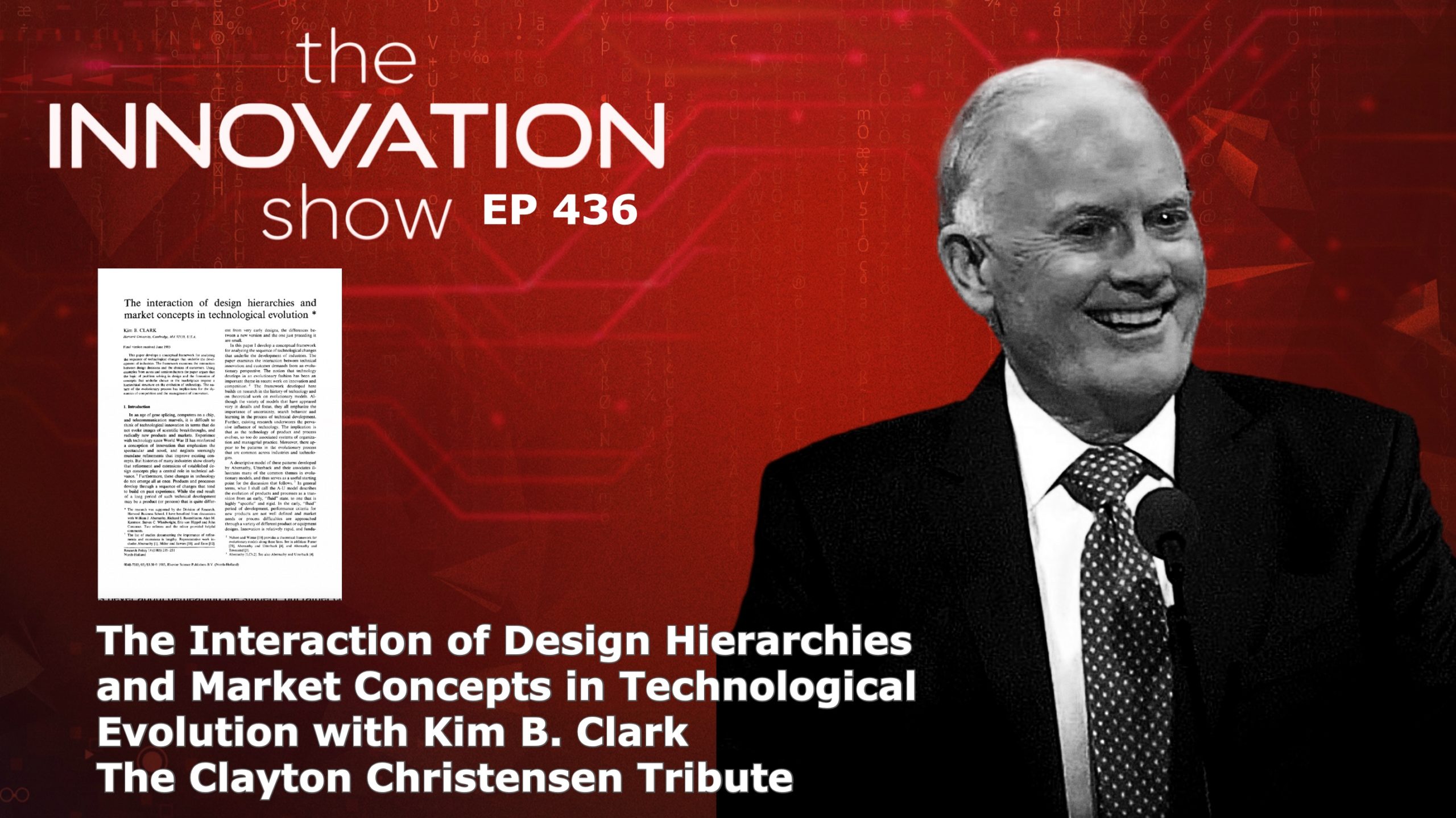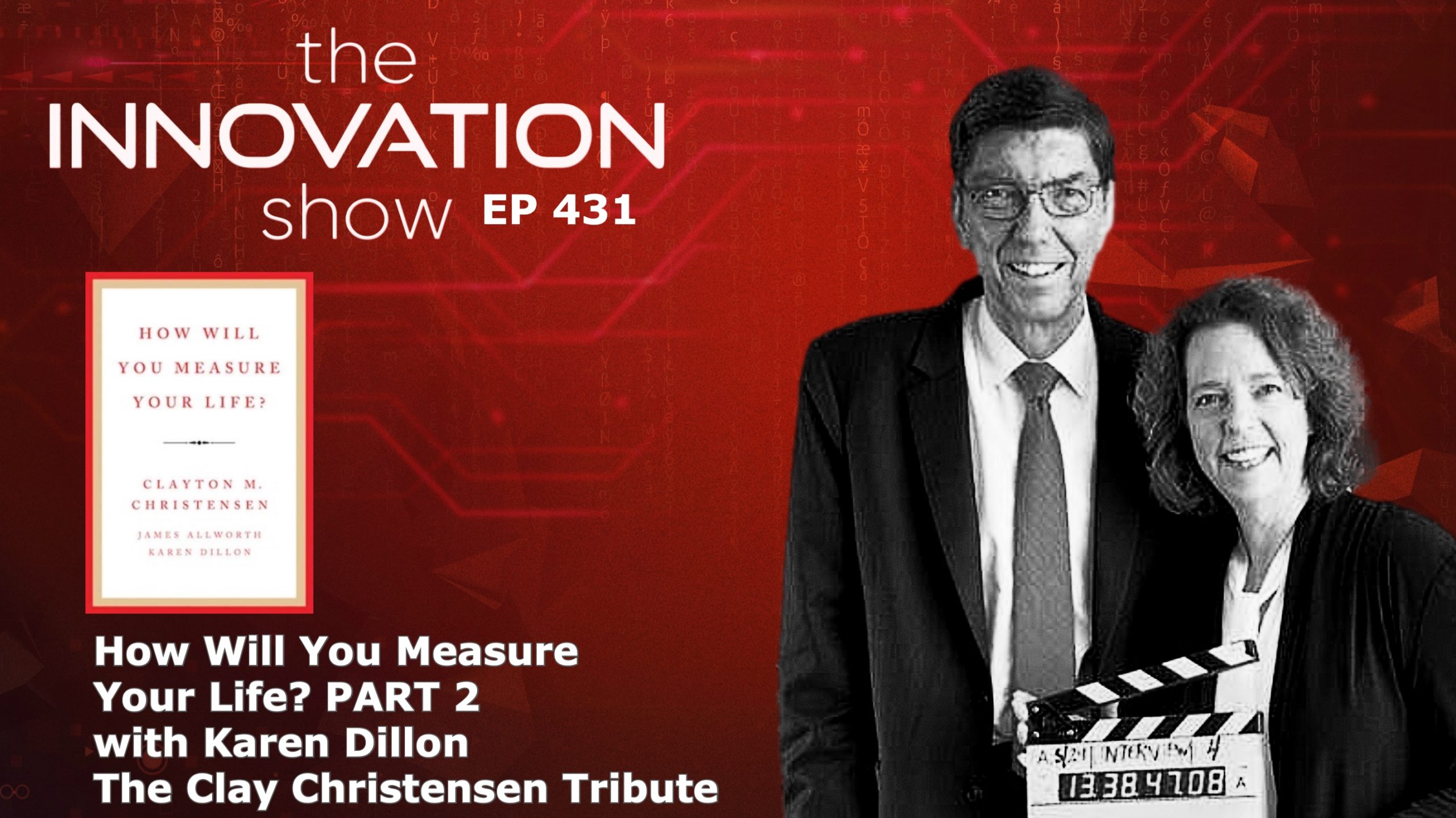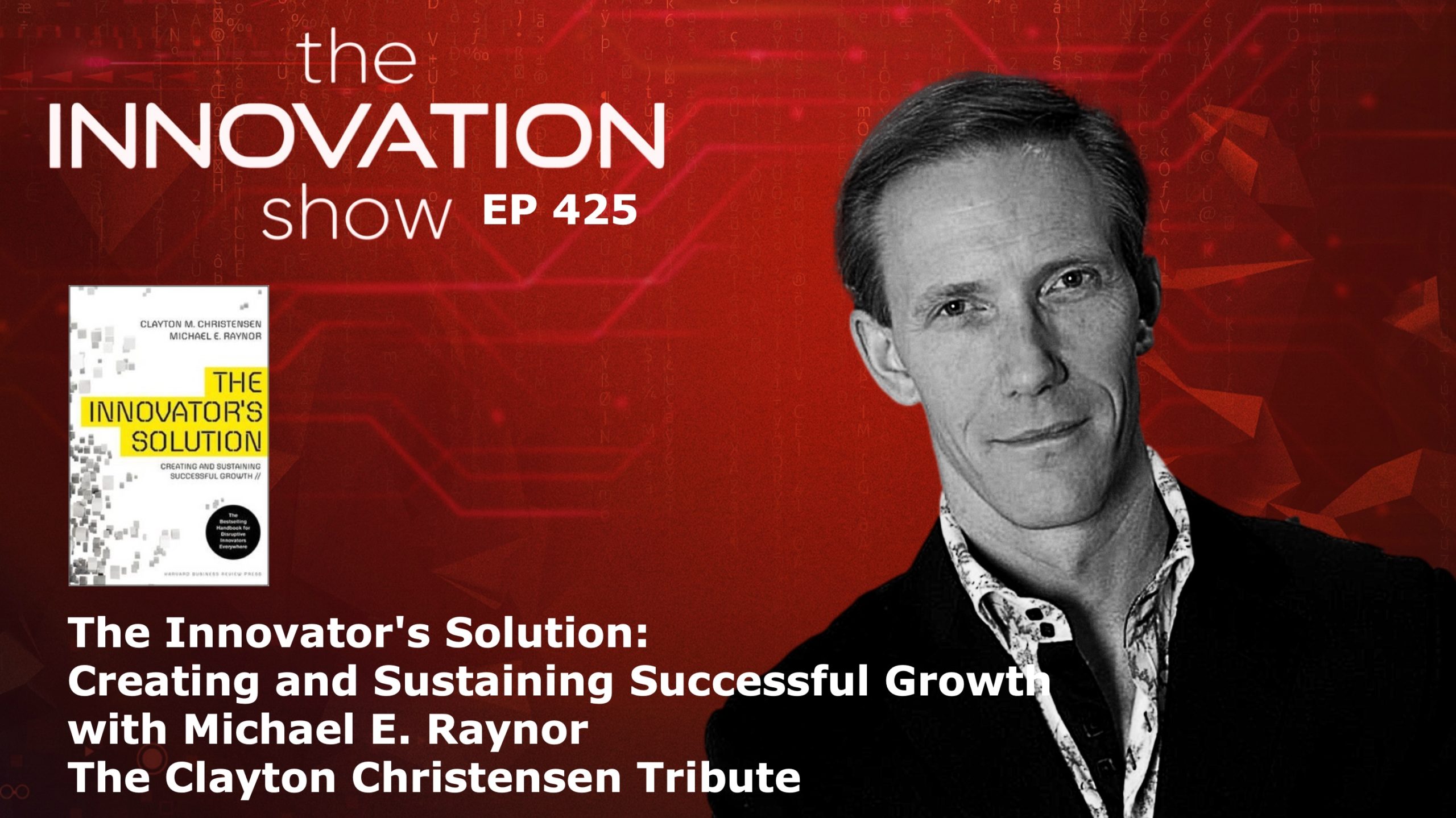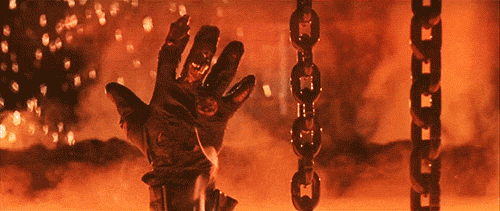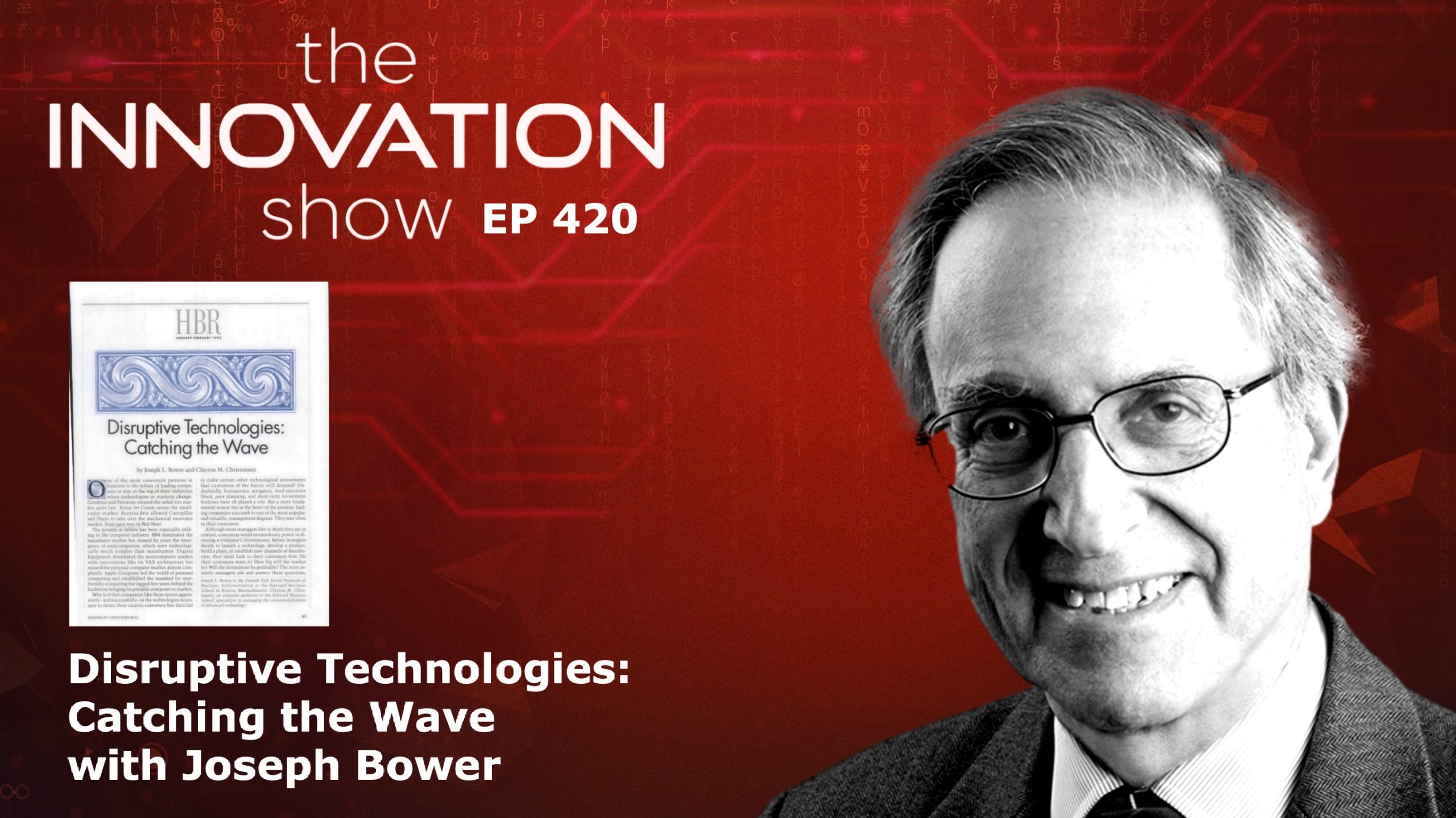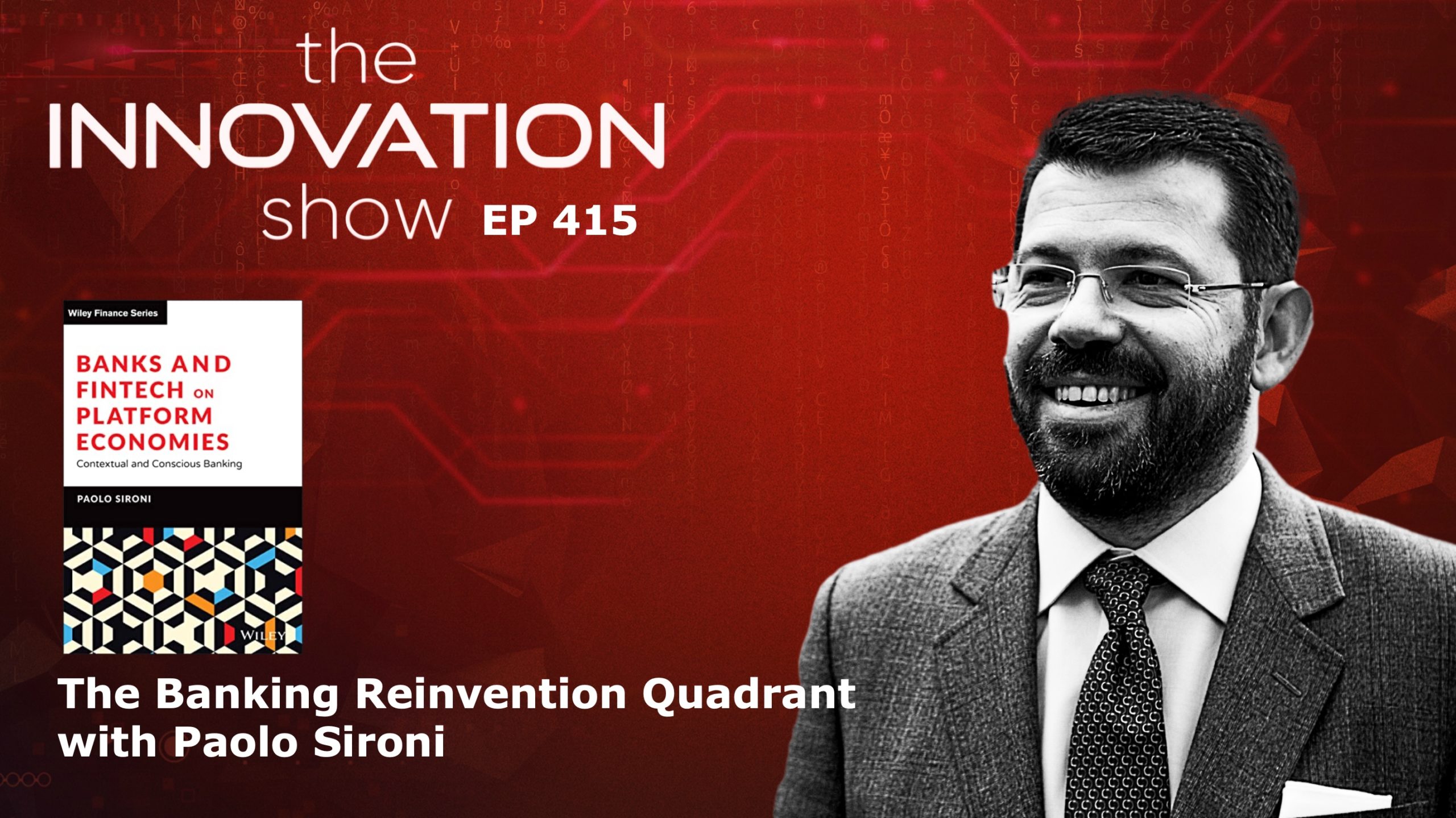Businesses throw Hail Marys when encountering a crisis, such as declining sales or disruptive innovation, or technology suddenly upends their business plan. Equally, leaders throw Hail Marys to meet analyst expectations when they have been coasting in the game for a long time. In sports, there is a thin line between arrogance and confidence, and business organisations often fall into the success trap.
Posted 2 years ago Tagged Aidan McCullen Business Clayton Christensen Design Rules Entrepreneurship Harvard Dean Kim Clark HBR Innovation Kim B. Clark Kim B. Clark - The Interaction of Design Hierarchies and Market Concepts in Technological Evolution Kim Bryce Clark Leadership Modularity Technology Undisruptable
Kim Bryce Clark is with us to celebrate the life and theories of his friend Clayton Christensen and, indeed, share some of his theories.
Posted 2 years ago Tagged Clayton Christensen Clayton M. Christensen HBR How Will You Measure Your Life How Will You Measure Your Life Karen Dillon Karen Dillon Sonosite Clayton Christensen Transformation
In, “How Will You Measure Your Life?”, Clay Christensen and Karen Dillon apply the theories developed by Clayton Christensen to our lives.
Posted 2 years ago Tagged Aidan McCullen Business Clayton Christensen Disruption Disruptive Innovation Entrepreneurship Innovation Leadership Michael Raynor Strategy Technology The Innovator's Solution Transformation
The Innovator’s Solution summarises a set of theories that can guide managers who need to grow new businesses with predictable success—to become the disruptors rather than the disruptees—and ultimately kill the well-run, established competitors. To succeed predictably, disruptors must be good theorists. As they shape their growth business to be disruptive, they must align every critical process and decision to fit the disruptive circumstance.
Posted 2 years ago Tagged Apoptosis Business Corporate Culture Disruption Entrepreneurship Innovation Transformation
Apoptosis provides a fitting metaphor for what must happen in organisations to survive continuous cycles of change. Rather than letting the entire organisation die, the corporate body’s sectors, departments, and business units must regularly renew, just like a human body. Like any healthy process, the end of one cycle is the beginning of another, and it is better to embrace this law than to resist it. Easier said than done.
Posted 2 years ago Tagged Aidan McCullen Business BYU Idaho Clark Gilbert Clayton Christensen Deseret Dual Transformation Entrepreneurship Human Potential Innosight Innovation Leadership Strategy Technology Undisruptable
Clark G. Gilbert on Clayton Christensen, “Dual Transformation” and “From Resource Allocation to Strategy”
Posted 2 years ago Tagged Aidan McCullen Business Catching the wave Clayton Christensen Corporate Culture Disruption Entrepreneurship Innovation Joseph Bower Joseph L. Bower Clayton Christensen Tribute Disruptive Technologies: Catching the Wave Leadership Resource Allocation Theory Strategy Technology Transformation Undisruptable
Joseph L. Bower is the father of Resource Allocation theory included in his 1970 groundbreaking book, Managing the Resource Allocation Process.
He has been a leader in general management at Harvard Business School for over 5 decades where he is the Donald K. David Professor Emeritus.
He was Clayton Christensen’s doctoral thesis adviser and worked with Clay to develop and stress test his theories.
He is with us today to recognise his friend and revisit that famous 1995 article,
“Disruptive Technologies: Catching the Wave” that preceded the Innovator’s Dilemma
In a way this episode is a prequel to part one.
It is a great honour to welcome for the hour or Bower: Professor Joseph L. Bower
Posted 3 years ago Tagged Aidan McCullen Banking Reinvention Quadrant Innovation Leadership Paolo Sironi Strategy Transformation
Paolo Sironi offers the Banking Reinvention Quadrant (BRQ), and the compass pointing to the North Star of higher business value is the theory of Financial Market Transparency (FMT)
Posted 3 years ago Tagged Brain hacking Brain interface hacking Cybercrime Cybersecurity Innovation Starlink hacking
You may have heard that hackers succeeded in hacking Elon Musk’s Starlink internet satellite network using a $25 homemade device. Security researchers have revealed how hardware vulnerabilities allow attackers to access the Starlink system and run custom code on the devices. Starlink (a division of Musk’s SpaceX) encourages hackers to attack its system to uncover security vulnerabilities by offering a bug bounty. We can be sure that Musk and co. Companies employ some of the best engineers on the planet to work in Tesla, Space X, Starlink and Neuralink. The fact that they were hacked so easily should worry us.
Posted 3 years ago Tagged Bank of Future Business Disruption Fintech Innovation Leadership Transformation
Many of the earth’s most enduring organisms from ants to bees encourage specialisation. Likewise, the successful bank of the future will incorporate composite specialists into their superorganism rather than trying to compete on all levels. This approach will not only optimise survival for legacy organisations but will create an ecosystem that caters to changing customer demands. This combination of specialism and diversity applies not to only the most successful organisms, but also to the most successful organisations.

